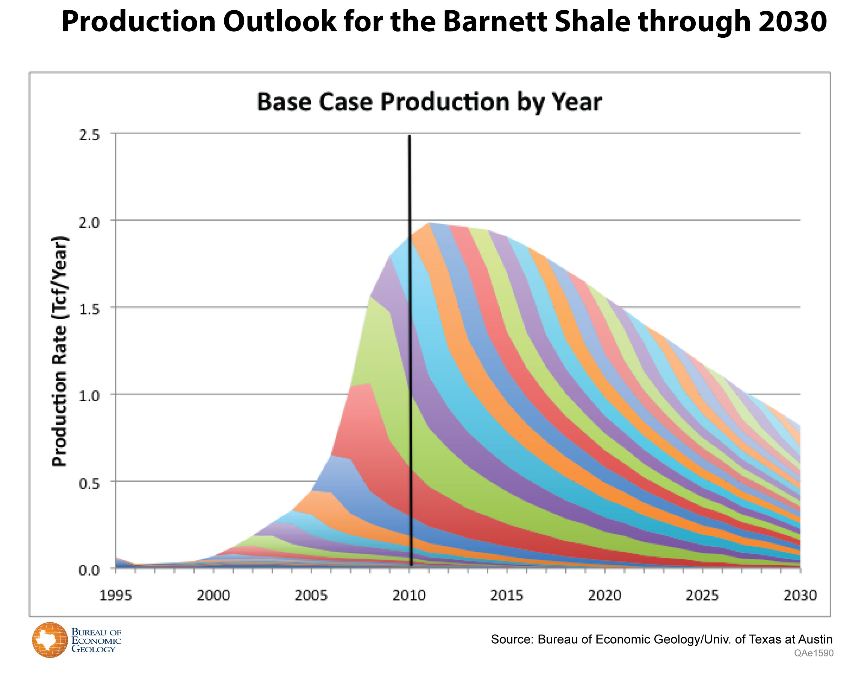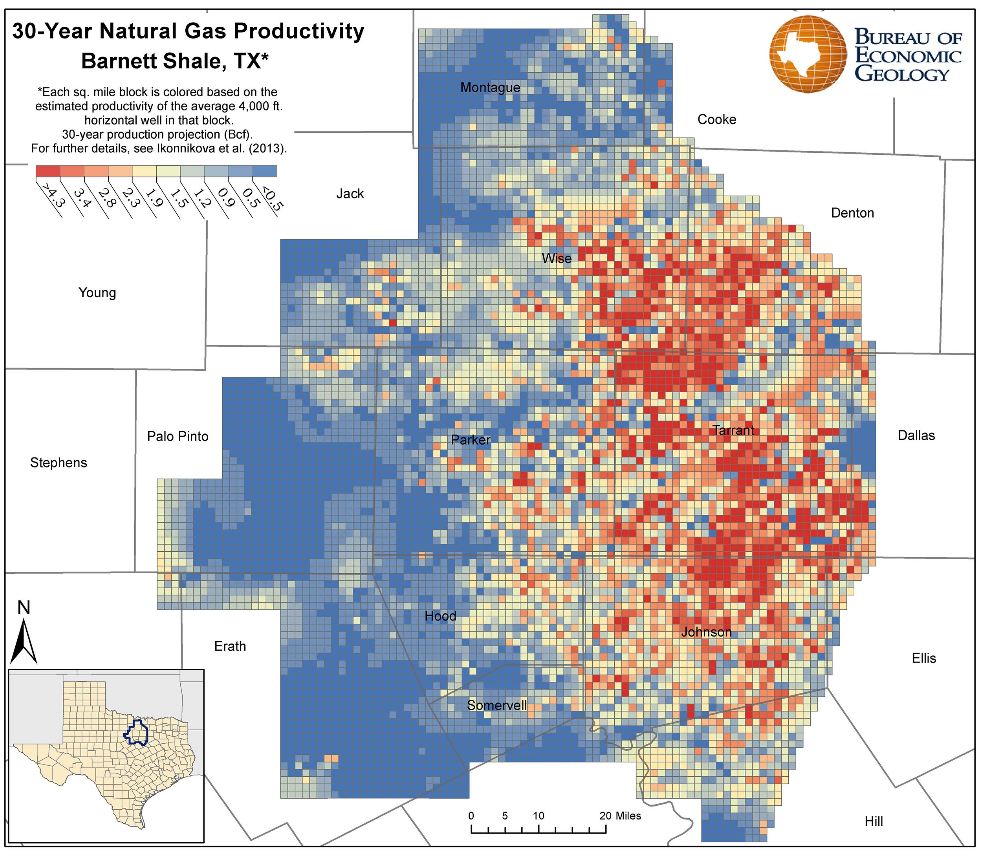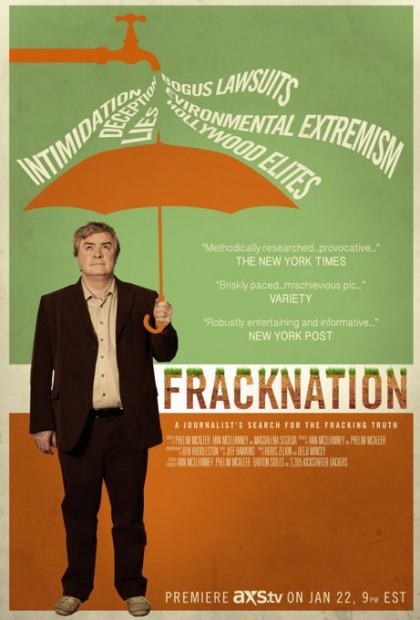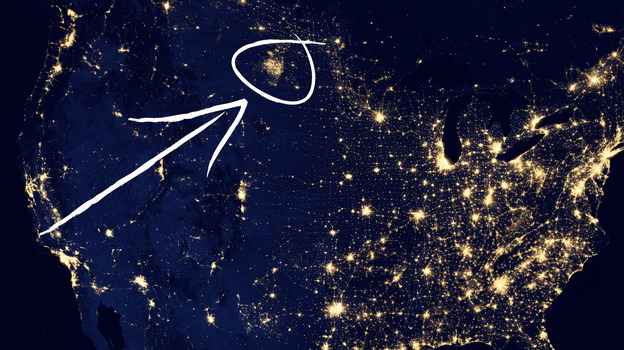Information below passed on to me by a client, from a friend of a friend:
Following are charts and photos of a tour of Cline Shale exploration and operations yesterday afternoon. I remember the boom in the 50s and the late 70s. Those are minimal compared to the massive and very expensive boom taking place right now. I never imagined anything like this.
For instance, there are no small operators involved. Everyone leasing, building, drilling and operating has to be a major with very deep pockets. The road you will see in the first photo cost over $1 million to build. The wells are hitting 9,000 feet in this area and much deeper in other places. Each hydraulic fracturing operation (fracking) uses more than 5 million gallons of water. In just this area, railroad sidings have been built in Miles, San Angelo and Barnhart to unload sand and load oil. The railroad trains in San Angelo used to consist of a few dozen cars a week and now consist of 500 cars a day. And, really, this is just getting started.
 Oil and Gas Lawyer Blog
Oil and Gas Lawyer Blog





